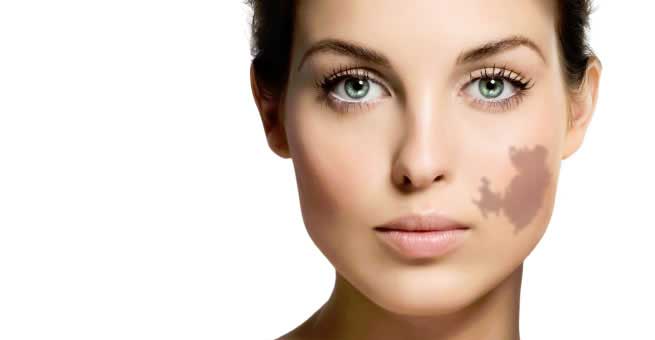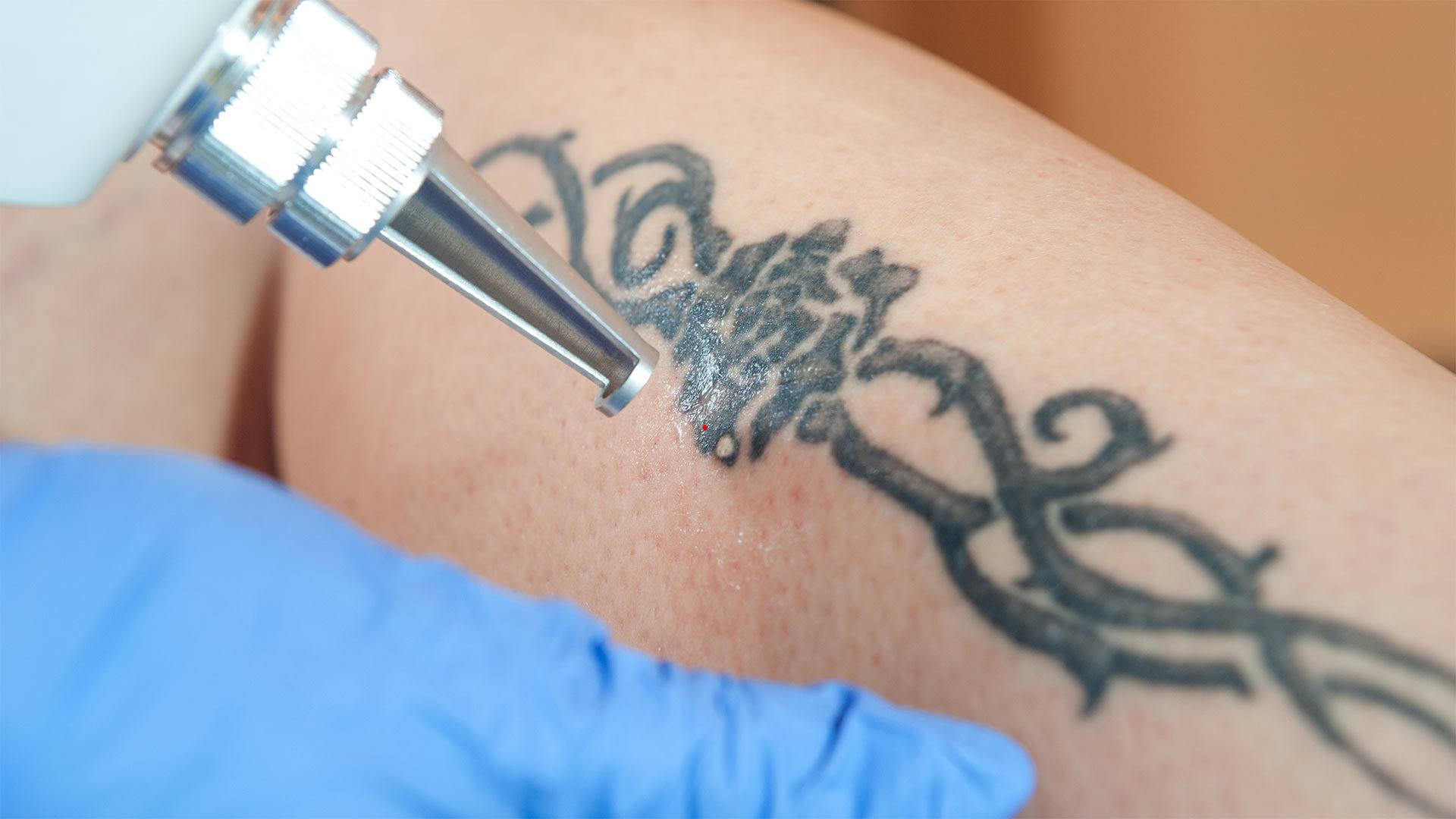Birthmark Removal

A birthmark is a colored mark on or under the skin that's present at birth or develops shortly after birth.Some birthmarks fade with time; others become more pronounced. Birthmarks may be caused by extra pigment-producing cells in the skin or by blood vessels that do not grow normally. Most birthmarks are painless and harmless. In rare cases, they can cause complications or are associated with other conditions. All birthmarks should be checked by a doctor.
Birthmark removal treatment
Birthmarks can be safely and effectively removed using a special type of laser at our clinic.The treatment works by targeting the abnormal blood vessels or areas of pigmentation, breaking them up into tiny fragments so they can be disposed of naturally through the body's immune system
Tattoo Removal
Lasers remove tattoos by breaking up the pigment colors with a high-intensity light beam. Black tattoo pigment absorbs all laser wavelengths, making it the easiest color to treat. Other colors can only be treated by selected lasers based upon the pigment color.
The number of treatments you will need will depend on the age, size, and color(s) of your tattoo. The color of your skin,as well as how deep the tattoo pigment goes, will also affect the removal technique.

Smaller tattoos will require fewer pulses while larger ones will need more to remove them. In either case, to completely get rid of a tattoo, it will take several treatments. After each visit, your tattoo should become progressively lighter.
Melasma
Melasma can be due to hormonal changes during pregnancy or from sun exposure. Women are much more likely than men to develop this condition. Melasma is a common skin problem.The condition causes dark, discolored patches on your skin.
It’s also called chloasma, or the “mask of pregnancy,” when it occurs in pregnant women. The condition is much more common in women than men, though men can get it too.
Melasma causes patches of discoloration. The patches are darker than your usual skin color. It typically occurs on the face and is symmetrical, with matching marks on both sides of the face. Other areas of your body that are often exposed to sun can also develop melasma.
Brownish colored patches usually appear on the:
cheeks
forehead
bridge of the nose
chin